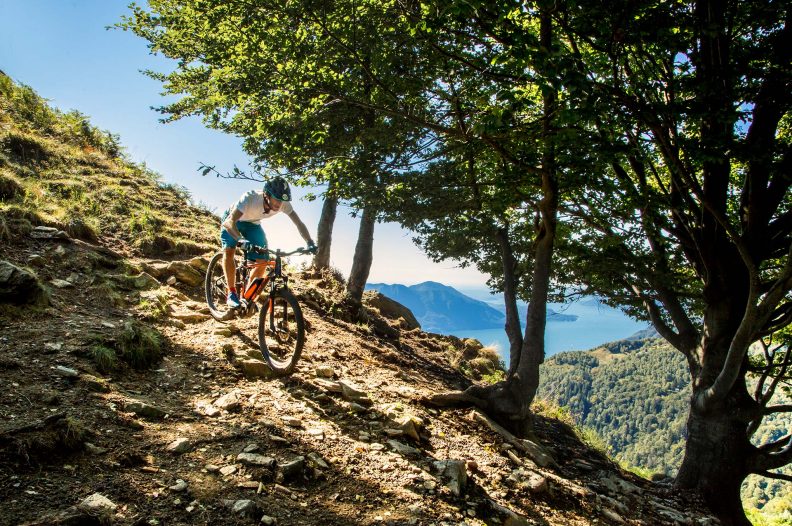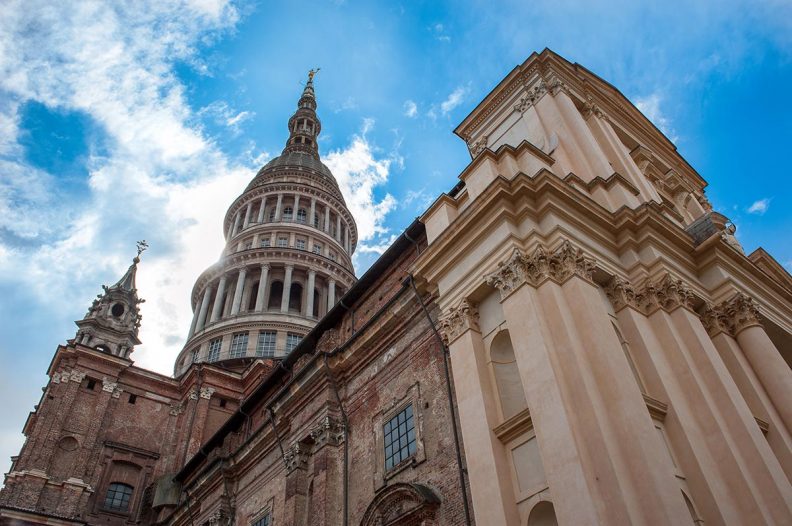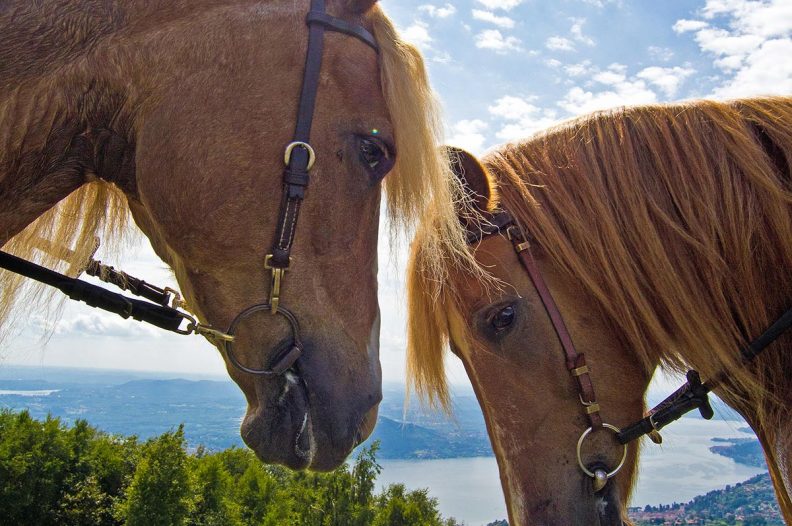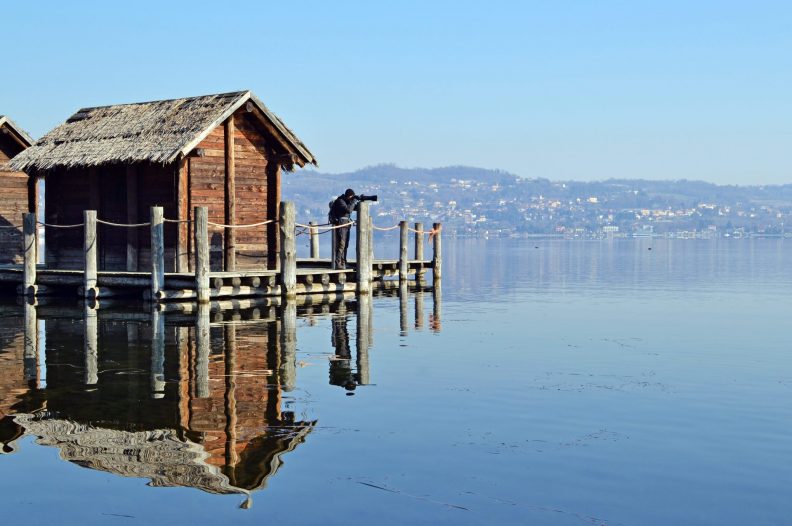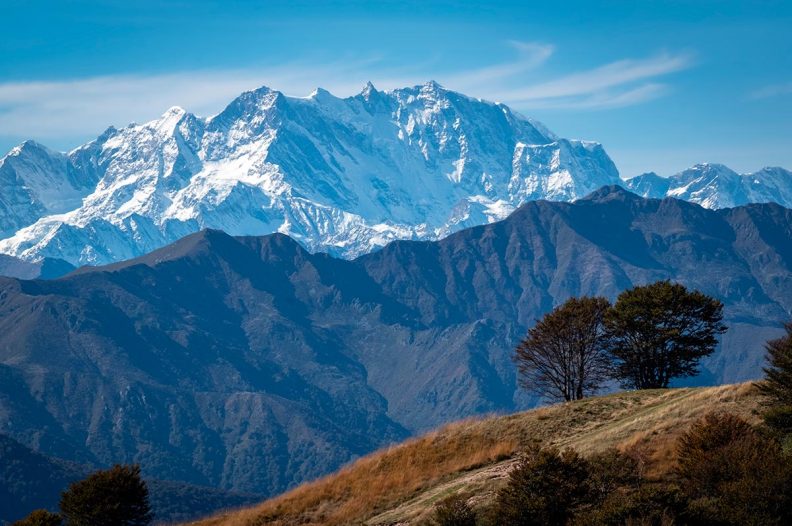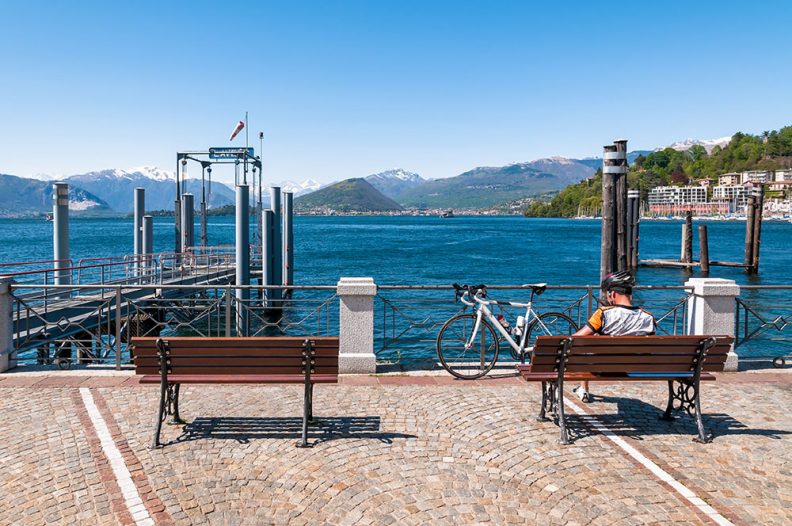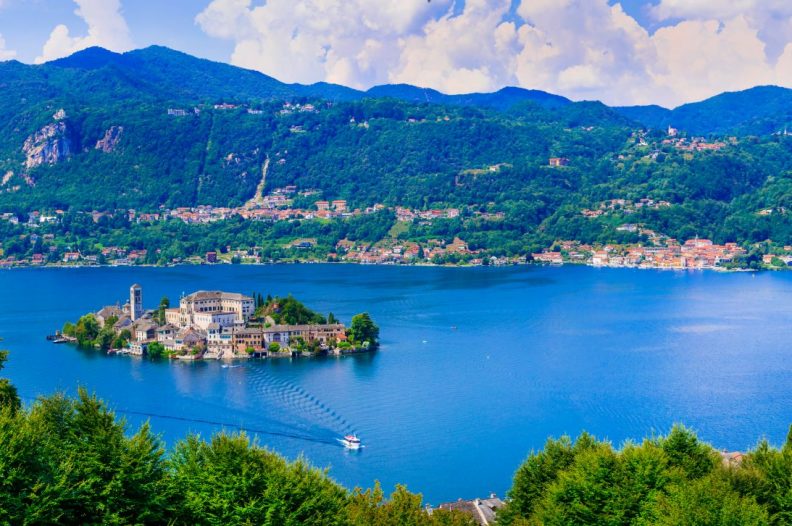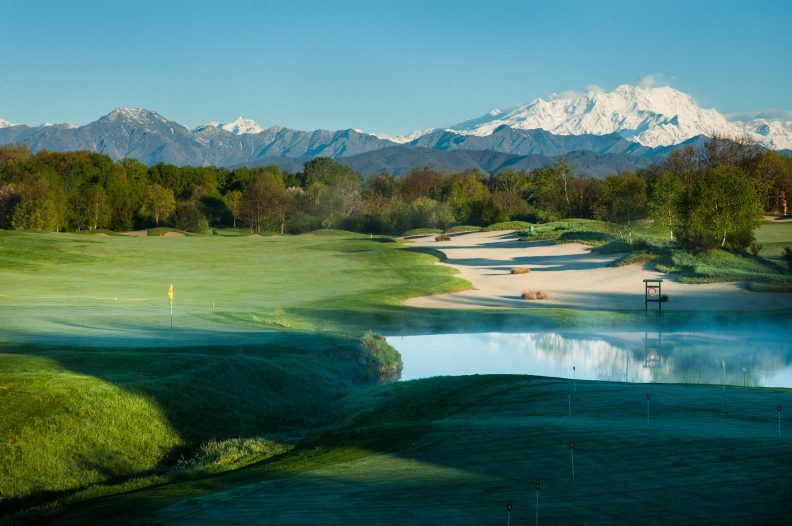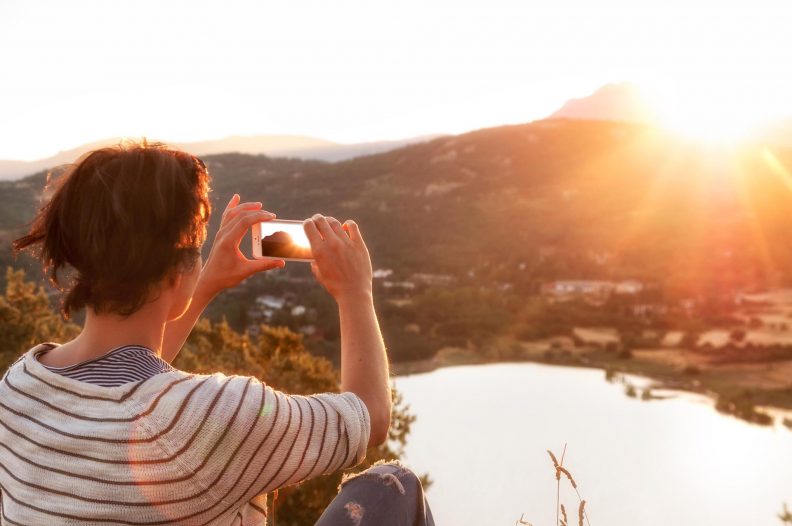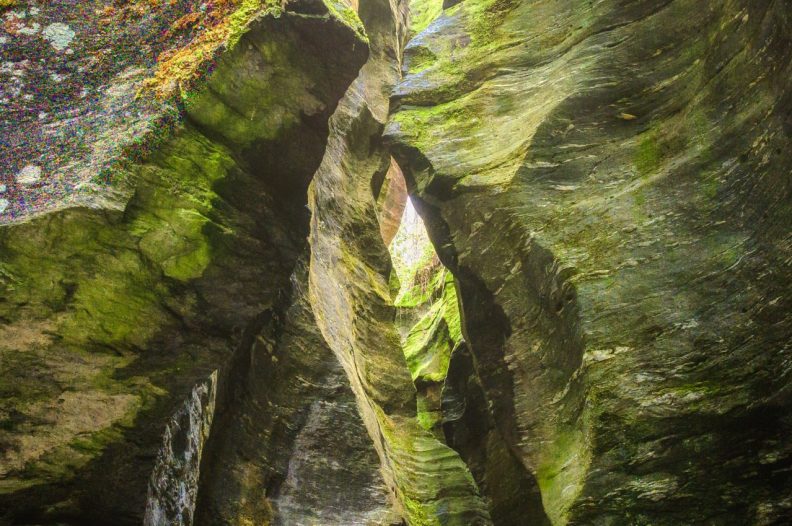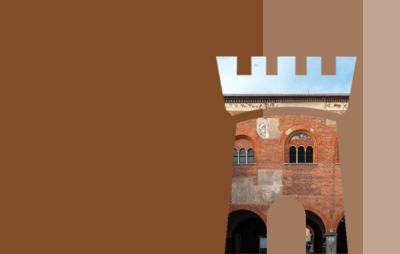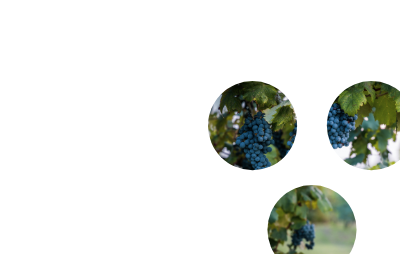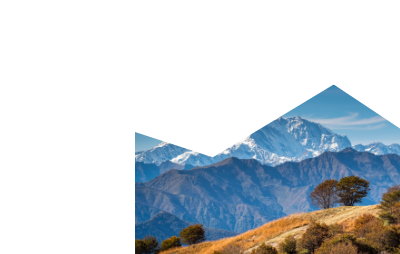Sacred architectural wonders sited between lakes and mountains
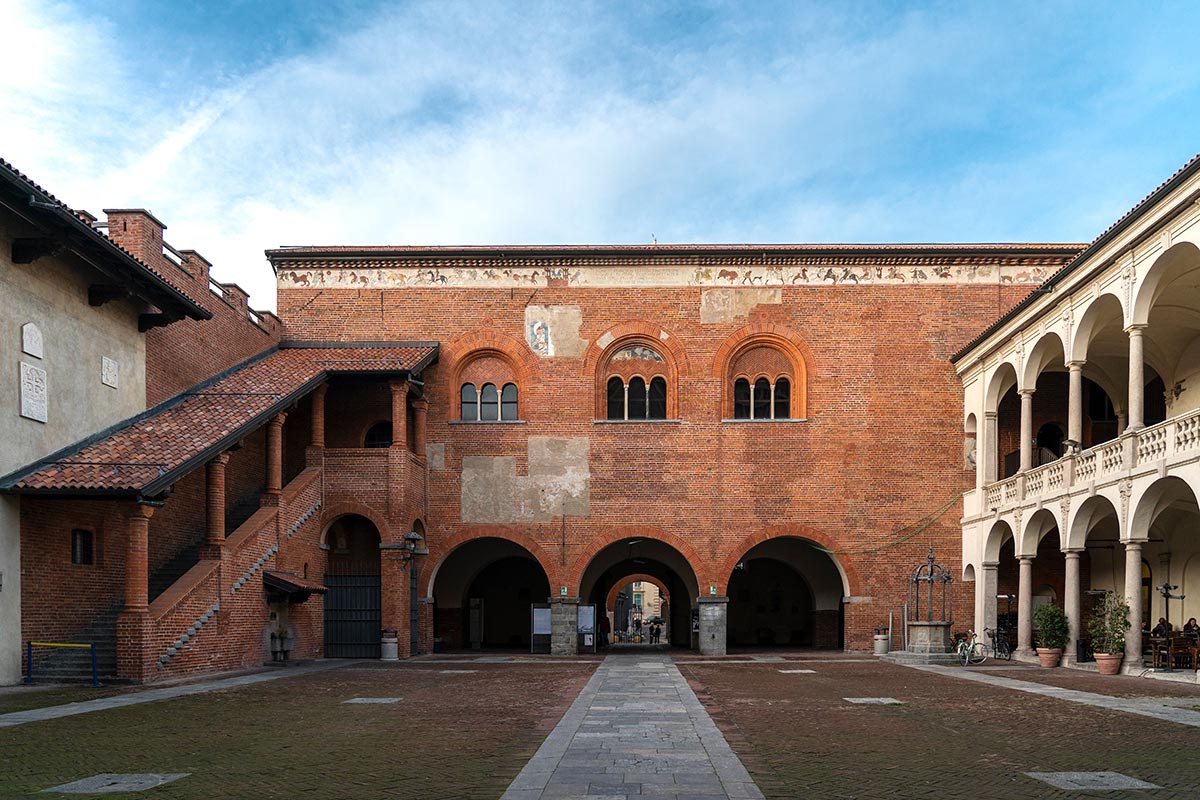
Palazzo Broletto in Novara
A land of legends, traditions and great culture
The province of Novara has always attracted numerous visitors, perhaps passing through along the Via Francigena or the Via Settimia, intrigued by the numerous historical testimonies scattered throughout the territory, or heading towards the Alpine passes or the majestic Monte Rosa, which manifests itself in all its beauty rising up from the low Novara plain.
Between Piedmont and Lombardy, the nine distinct complexes of sacred architecture dating back to the 16th and 17th centuries have been a UNESCO heritage site since 2003.
This great wealth of beautiful structures never fails to arouse curiosity, a degree of amazement and even deep feelings. The centre piece can be considered Novara and its rich historic center, from the dome of the magnificent Basilica of San Gaudenzio to the wonderful Duomo, the Broletto and various palaces. This almost infinite series of places of worship and meditation extends to the whole province, art-treasures to be guarded jealously.
Of particular importance, the Sacri Monti of Piedmont and Lombardy are decidedly extraordinary places of worship with great symbolic and religious values. The skill with which they have been integrated into the surrounding natural landscape of hills, forests and lakes is particularly striking. Between Piedmont and Lombardy, the nine distinct complexes of sacred architecture dating back to the 16th and 17th centuries have been a UNESCO heritage site since 2003: here, personal faith becomes irrelevant, such are the beauties encountered.
THE SETTIMIA PATHWAY
This Via is a Roman road that connected Milan and Novara with the Verbano, the Ossola Valley and the Simplon pass. Its route would now be followed by the Strada Statale 33, known as the Simplon.
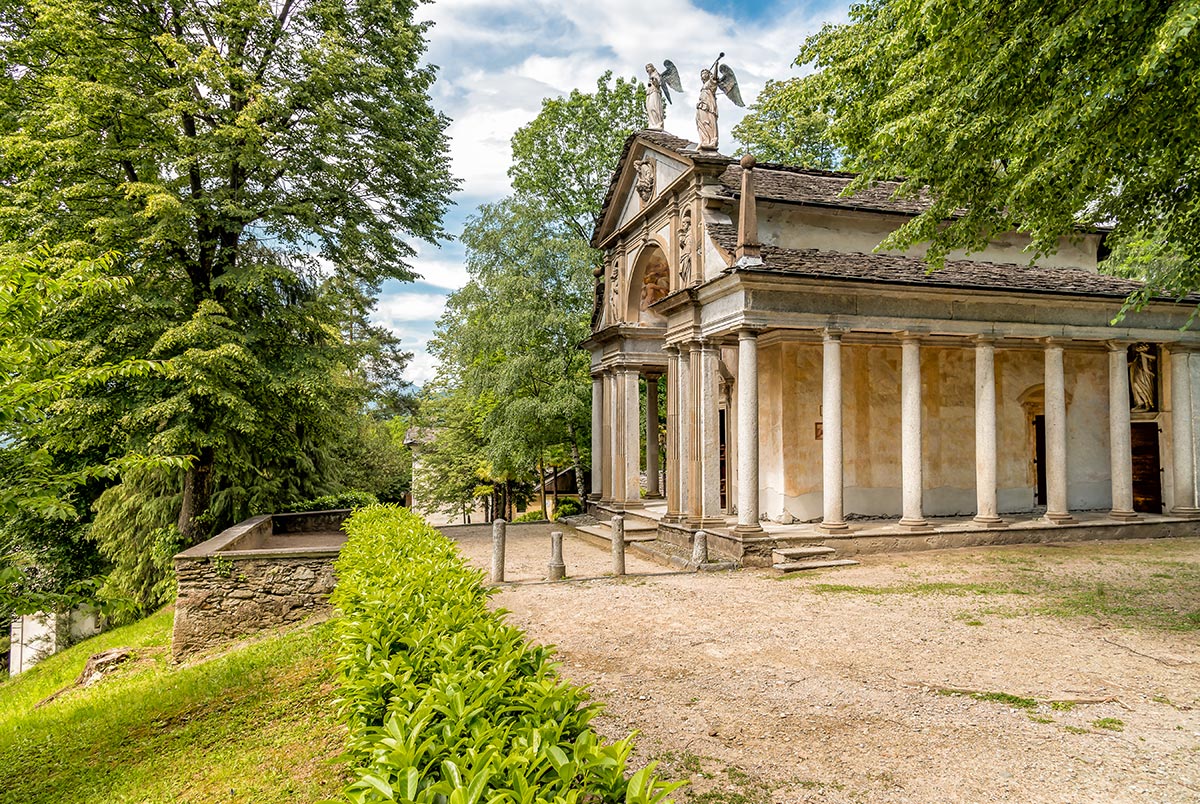
The Sacro Monte at Orta.
The ‘Sacri Monti’ of the sixteenth century
The history of these “sacred” mountains may appear old-fashioned in the eyes of a modern visitor, but it is certainly fascinating: the original concept was in fact the project to recreate places of prayer in Europe as an alternative to the Holy Land. At the end of the 16th century, reaching Palestine and Jerusalem was somewhat problematic, and hence the idea of a “New Jerusalem”. Strongly desired by Cardinal Carlo Borromeo, bishop of Milan, the best artists and architects of the time participated in this project. In Varallo, in Valsesia, the project for first Sacro Monte was undertaken in 1481.
Here Gaudenzio Ferrari left an unparalleled artistic legacy: today the true path starts from the Church of Santa Maria delle Grazie, where the Gaudenziana Wall, frescoed in 1580 with scenes from the life of Christ, conveys a sense of strong expressiveness and great vigour. From here one proceeds up to the “Monte” or summit, following the stations of the Via Crucis: 45 chapels where statues and frescoes recreate scenes from the Gospel in a “theatrical” style, full of emotion and wonder. Varallo was the model for the other Sacred Mountains that followed, with the Sacro Monte of Orta occupying a place of immense importance. To fully understand the beauty and value of these ambitious projects, it is necessary to visit the places as a whole, taking into consideration the scenario in which they are located.
Orta San Giulio, a picturesque and evocative place due to its position on the lake, could only crown the idea of faith and devotion that so characterized the 17th century.
Starting from Piazza Motta, the “town living room” overlooking the lake, the path skirts some of the oldest buildings in the town, to reach the Parish Church of Santa Maria Assunta. From here a scenic path leads to the Sacro Monte. Now also a Special Reserve, the complex was begun in 1590 and finished almost a century later. Dedicated to San Francesco d’Assisi, the twenty chapels wind their way through the garden and the ornamental woods: the touching realism that shines through the life-size terracotta statues and the frescoed walls goes well with the Baroque theatricality, for a truly moving message of devotion. The proto-Romanesque church of Saint Nicolas was entirely remodeled during the eighteenth century, inspired by the Lower Basilica of Assisi. The quiet and silence that distinguish the area are an invitation to prayer: a truly spiritual experience.
A few minutes by boat separate the square of Orta from the Island of San Giulio. It is said that the island, once inhabited by terrible snakes and monsters – even a dragon – was saved by the intervention of San Giulio in 390 AD, who put an end to the threats of wild beasts by crossing the lake guided by his stick and then founding a church. Today the island still retains a rarefied, almost mystical atmosphere. There is a Basilica and a Benedictine abbey, where some eighty cloistered nuns live, together with the mother abbess and an English poetess. The fascinating “Island of Silence” is extremely beautiful and the gentle rhythm of the lake’s waves act as a background to this feeling of supreme serenity.
THE SACRI MONTI
The Sacri Monti are devotional places, placed in an isolated environment and with an itinerary that usually traces the Passion of Jesus.
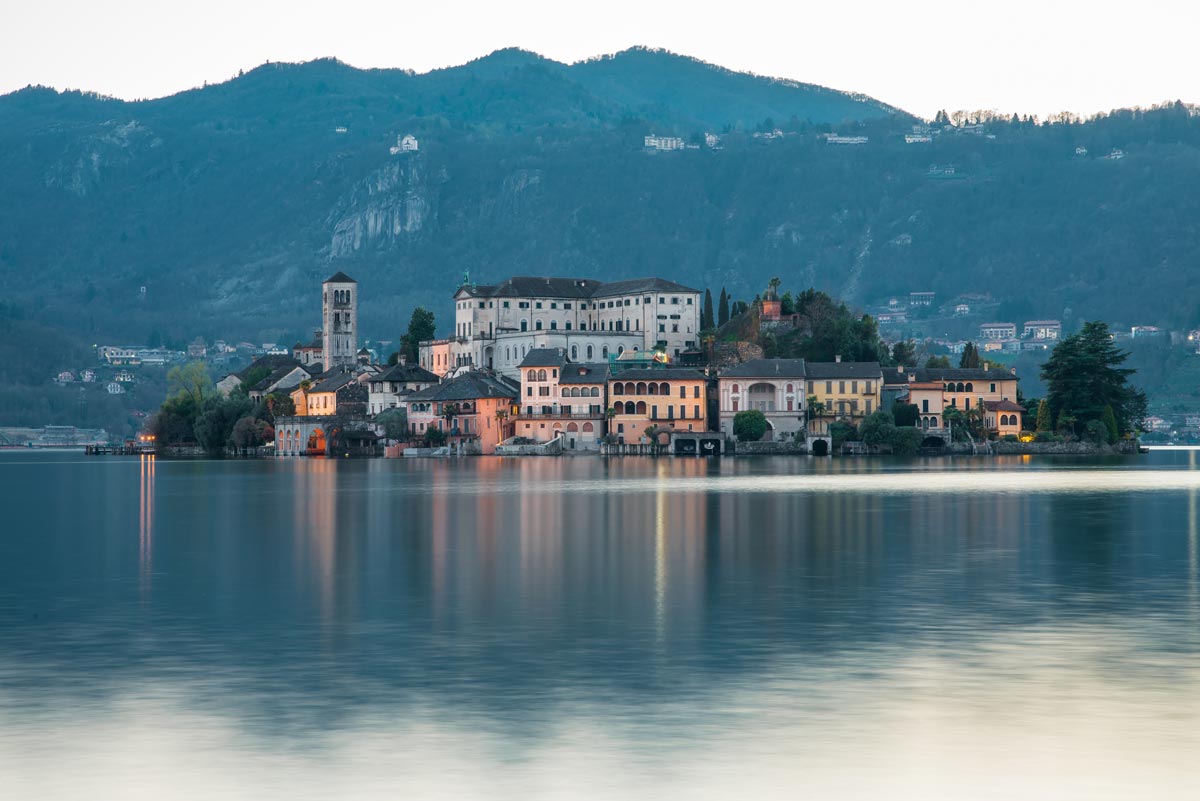
The Island of San Giulio, on Lake Orta.
The Nature Reserve and the convent of Monte Mesma
For those wondering what St. Francis is doing on the shores of the lake, you should know that the same saint finds himself in the Special Natural Reserve of Monte Mesma. A 17th century Franciscan convent is located there and the Nature Reserve has been established precisely to protect the religious complex and the rich vegetation that surrounds it – the cultivation of vines has been replaced by chestnut woods. Accessible from two opposite sides, those of Ameno and Bolzano Novarese, both paths are bordered by chapels that are part of the Via Crucis and now the complex includes the church, dedicated to San Francesco, and two Baroque cloisters.
Do not miss the library of the convent of Mesma, with over 5000 volumes, which includes one of the first printed editions of the Divine Comedy, dating back to 1477-1478.
The convent stands on the remains of what was once the fortified Rocca of Mesma, consistently fought over between the 14th and 15th centuries, but very little remains of that eventful period. Nowadays everything invites you to prayer and devotion, in a setting that offers magnificent views of Lake Orta and Monte Rosa. The convent and the church are decorated with 17th century frescoes and paintings and there is a collection of ancient measuring instruments, with various sundials and frescoed clocks in the cloisters. Do not miss thelibrary, with over 5000 volumes, which includes one of the first printed editions of the Divine Comedy, from 1477-1478. A visit to the Reserve fills one with inner peace and it should not surprise one that the site offers the opportunity to find oneself and confront reality, where art and culture are a source of inspiration and where nature fills one’s heart with joy.
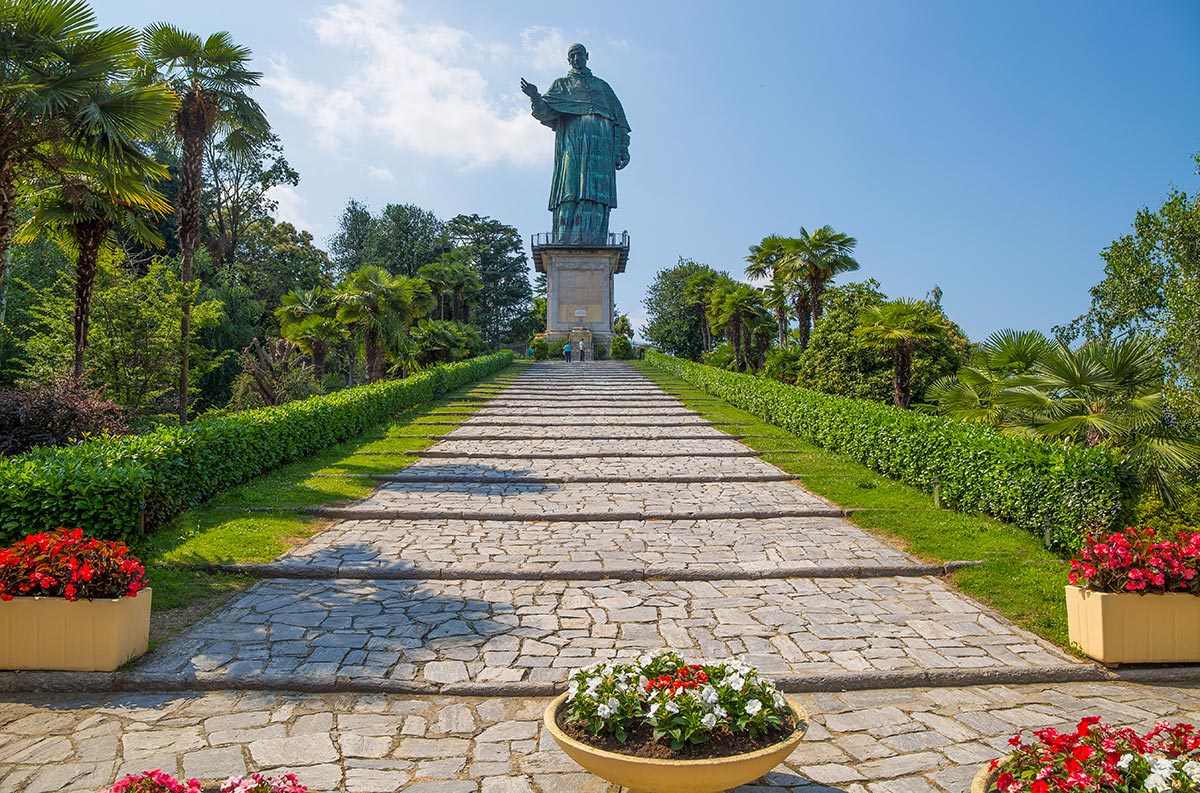
The famous SanCarlone Statue, Arona.
Greetings to San Carlo
Nearby, in a panoramic position over the Lake Maggiore, is the statue known as San Carlone. The immense statue stands out for its grandeur: 23.5 meters and a further 11 meters of pedestal; completed in 1698, the statue is dedicated to San Carlo Borromeo, born in Arona in 1538. The original project envisaged the construction of a Sacro Monte, but it was never completed; the three chapels that can be seen along the access road to the statue bear witness to this. Climb to the top of the statue along an internal staircase: the breathtaking view of the lake is priceless.
The immense statue stands out for its grandeur: 23.5 meters and a further 11 meters of pedestal; finished in 1698, the statue is dedicated to San Carlo Borromeo, born in Arona in 1538.
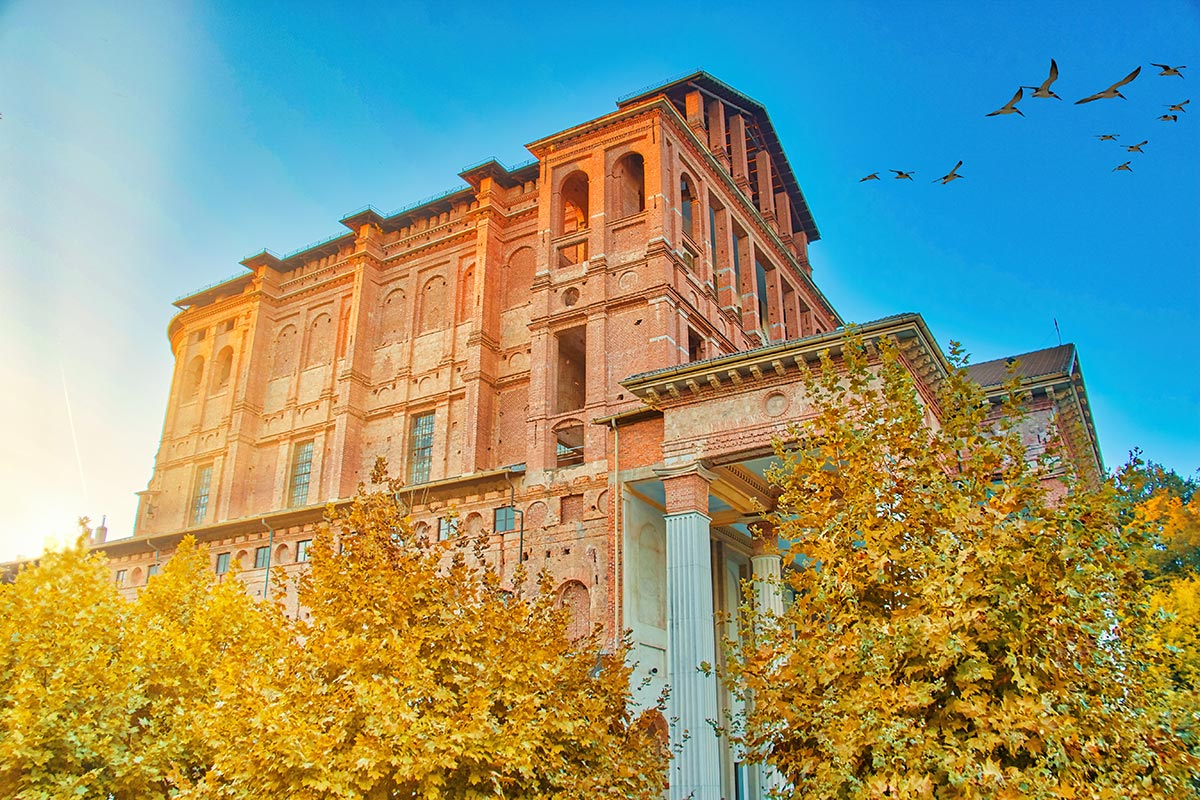
The Sanctuary of the Holy Crucifix in Boca
A truly surprising Sanctuary
The proximity to the water is not the only source of devotion: even the rolling hills can be sacred places. Despite numbering among the cities of wine, as its name is synonymous with the full-bodied DOC wine made from Nebbiolo grapes, Boca also hosts remarkable artistic works. The Diocesan Sanctuary Basilica Minore del SS Crocifisso di Boca stands out, as if there by chance, from the woods surrounding the area.
Built in 1600 on the remains of a small votive chapel, the “monument in the woods”, is a well-known pilgrimage site, and since 1987 it has been part of the Monte Fenera Natural Park. Designed by the well-known architect from Ghemme, Alessandro Antonelli, the majestic complex has a large neoclassical arcade, with an impressive 17-meter barrel vault inside, rising above a single order of columns.
A well-known pilgrimage site since the 17th century and still admired today, the majesty and elegance of the Sanctuary are truly surprising.
